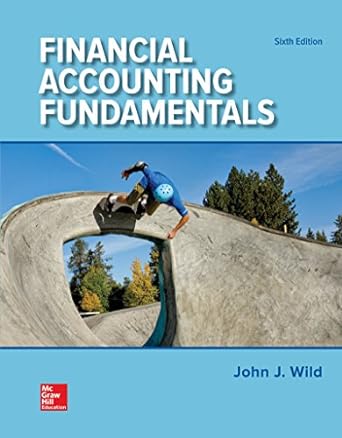Question
You are a new graduate student in an epidemiology lab and were given the task to model the spread of a new emerging disease: Chikungunya
You are a new graduate student in an epidemiology lab and were given the task to model the spread of a new emerging disease: Chikungunya (a viral disease which is transmitted to humans by infected mosquitoes). You start your investigation by reading pertinent literature regarding the past outbreaks but cannot find any so you approach your supervisor to conduct a pilot study. You obtain and infect 50 lab rats. After 4-7 days (length of time required for symptoms to occur), you find that 13 are symptomatic (contracted the disease). Finally, you know the current statistics for Canada (population size, birth and death rates), so you have all of the necessary information to model the disease in Canada. Assume no recovery. ROUND TO THE NEAREST INDIVIDUAL. Canada (N) = 37,590,000 = 0.017 or 17/1000 Birth rate = 10.37/1000 Death rate = 7.7/1000 Y = 30,000 c = 0.83 Calculate the transmission rate () based on the pilot study results, round to TWO decimal places
PLEASE REFER TO THIS QUESTION TO GET NUMBERS
1) Determine whether or not the disease will decrease the population size according to > b d. Remember to convert all of these variables to a per capita basis (multiply by 1000).
- A. Will not die out (17 < 2.67).
- B. Will die out (17 > 2.67).
2)
A new population of Koi are being established in the Pond Inlet at Brock. In an effort to make Pond Inlet prettier, 36 fish were first introduced. The fish were watched for a brief period of time and the maintenance crew noticed that there were on average 2.4 births and 1.97 deaths. Since Pont Inlet is not too big, lets assume its carrying capacity is 56 individuals. How many years until this population reaches its carrying capacity? Leave your population size all values with 2 decimal places until the end. Hint, near the end, once you get to a value of "0.5" for N, you can round up to the whole number. For example, "55.5" = "56". The carrying capacity for pond inlet would be reached in: ------- Fill in the blank, years.
Q2) Consider two species whose interactions are described by the Lotka-Volterra competition equations. The carrying capacity for species 1 is 100 and for species 2 is 120. Assume starting population of species 1 is 20 and the starting population of species 2 is 80. Solve for and first (the per capita competitive effect). The determine the outcome of competition between these 2 species. Hint: you will need to graph this on a scrap piece of paper to workout the competitive outcome.
- A. Unstable or extinction.
- B. Species 1 wins.
- C. Stable or coexistence.
- D. Species 2 wins.
Q3) Consider two species whose interactions are described by the Lotka-Volterra competition equations. The carrying capacity for species 1 is 100 and for species 2 is 120. The per capita competitive effect of species 1 on species 2 is 1.5, the per capita competitive effect of species 2 on species 1 is 0.75. Assume starting populations of 50 of each species. The determine the outcome of competition between these 2 species. Hint: you will need to graph this on a scrap piece of paper to workout the competitive outcome.
- A. Unstable or extinction.
- B. Species 1 wins.
- C. Stable or coexistence.
- D. Species 2 wins.
PLEASE ANSWER ALL THE QUESTIONS
Step by Step Solution
There are 3 Steps involved in it
Step: 1

Get Instant Access to Expert-Tailored Solutions
See step-by-step solutions with expert insights and AI powered tools for academic success
Step: 2

Step: 3

Ace Your Homework with AI
Get the answers you need in no time with our AI-driven, step-by-step assistance
Get Started


